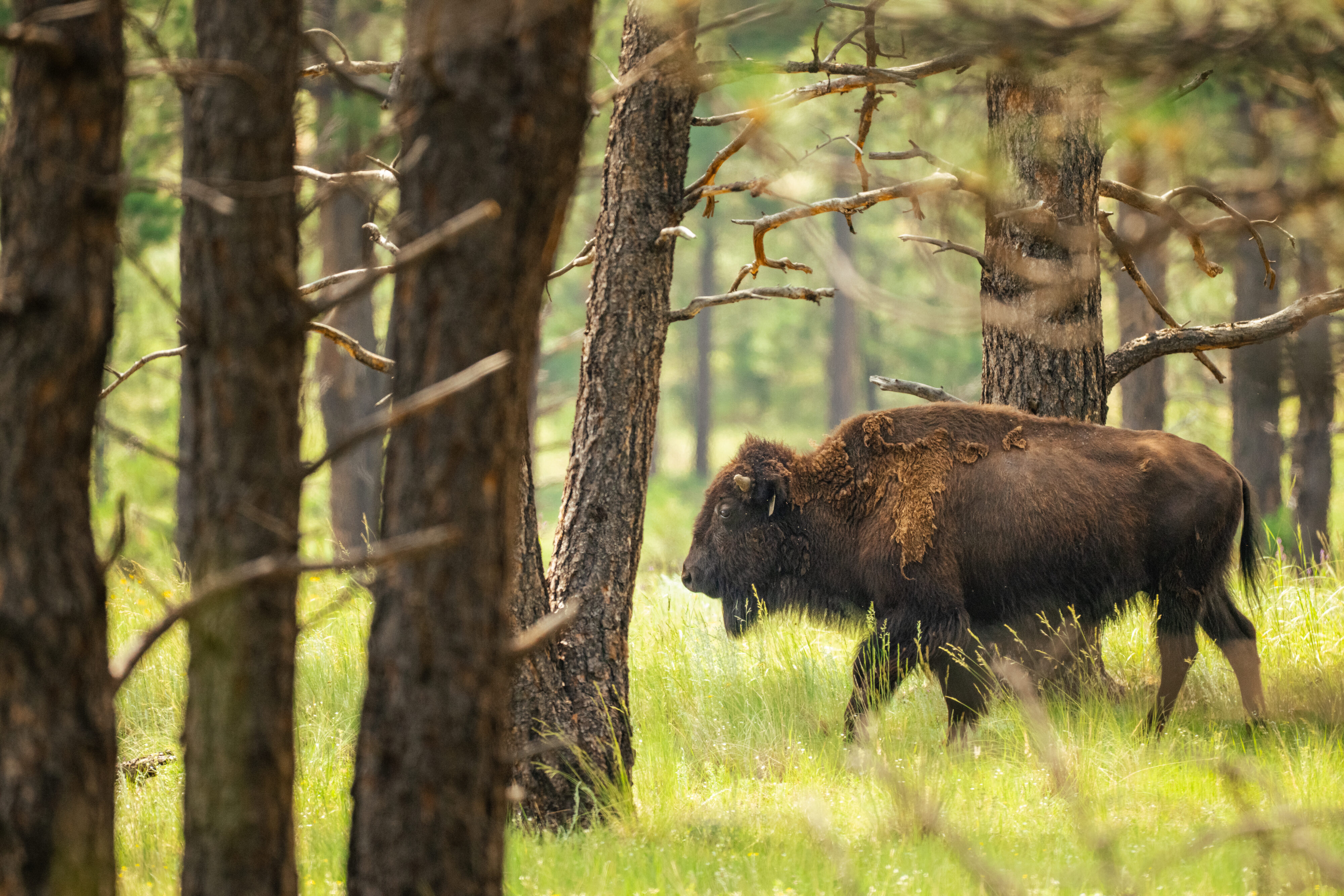Food Deserts: More Common Than You Think
Surprisingly Common
Two years ago, I spent a summer in Myrtle Beach, S.C., with a Christian leadership program. Picture me, a privileged, liberal girl from Seattle on her first foray into the South for two months. Needless to say, I called my parents in tears before the first week was up. My two complaints: There was no recycling, and there was NO HEALTHY FOOD.
I’m no crazy health nut, but I do like to eat food that is good for my body and that makes me feel healthy (though my greatest weakness is a good milkshake). Everywhere I went, my options were fast food, fast food and more fast food.
A massive number of Americans are living in a food desert. No, not an actual desert like the Sahara, where no food can grow; a food desert is a place without access to fresh, nourishing food that promotes health. This could be in an urban or rural area. Supermarkets and grocery stores are absent, but convenience stores and fast food restaurants are in abundance. These places lack healthy, affordable food options; without readily available healthy food, people who live in food deserts are constrained to eating poor diets that can cause problems like obesity, diabetes or heart disease.
In total, 26 million Americans live in food deserts, which lie in every state across the country. That’s equivalent to well over three times the population of New York City. I was surprised when I looked at a map to see just how many are close to where I live here in D.C.
It is so easy to believe people in America don’t suffer from malnutrition. After all, you never see images of American families in the news who are starving to death. But so many Americans suffer from malnourishment because of food deserts. A quarter of the people living in food deserts are below the poverty line, and 11 percent have no access to a vehicle in order to drive to buy groceries.
– Maggie Kierstead
Eating healthy isn’t fair or equal.
When I was in 8th grade I decided to change my life. I joined the club lacrosse team and became conscious of the foods I put into my body. By the time my junior year in high school began, I had lost more than 50 pounds.
Since then, what I eat is a big part of my life. I think before I eat and focus on foods that are healthy and fresh. But not everyone in the United States lives with that luxury: 26 million Americans can’t be picky about what they eat. They live in food deserts.
Losing weight is already an incredibly hard task, even in the best of circumstances. Imagine living in a city with no access to a car, low income and no supermarkets within more than a mile of your home. Or, picture yourself living in a rural area with no access to a car, low income and no supermarkets within more than 10 miles from home. Some may not even realize they live in a food desert, but will still feel the effects.
Obesity is already a problem in America, but it’s an even bigger problem to those living in food deserts. They’re 11 percent to 19 percent more likely to be obese. In a culture that piles on pressure to be thin, it definitely isn’t an equal battle to healthy living.
I can’t imagine how much more difficult my struggle toward weight loss would have been with the added challenge of finding the healthy food necessary to lose weight.
It’s crucial to raise awareness of this hardship facing so many Americans in their daily lives. Before we make that quick judgment or comment on someone’s weight, think about what challenges they may be against. How can we promote a culture surrounding healthy bodies without making access to the resources necessary to achieve that end available to all?
Take it from me: Losing weight is a long and challenging process. Not having easy healthy food increases that challenge exponentially.

























